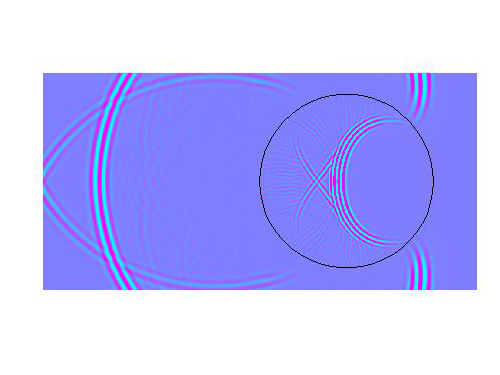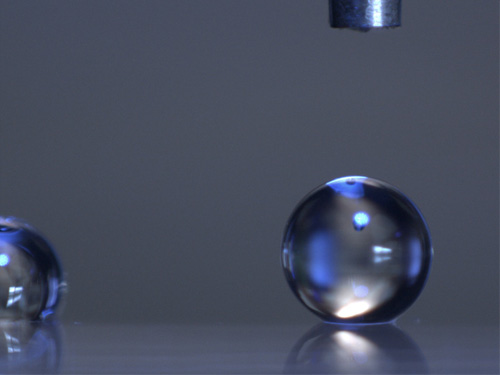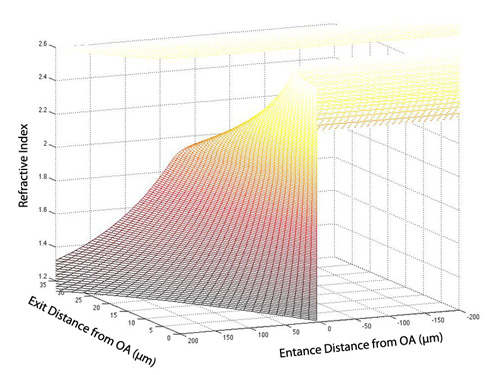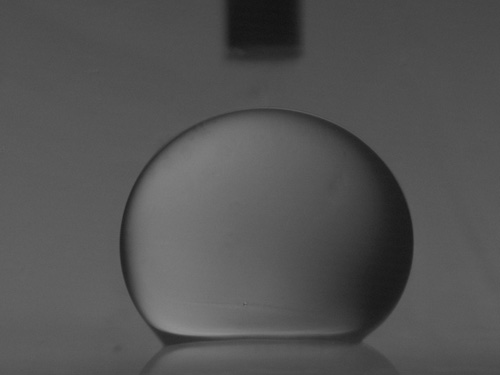Microspheroid Sensors
Domestic water supply safety is critical to Canada's National Security Policy. Internationally, waterborne pathogens cause an estimated 4.1% of the total global disease burden. Many pathogens (e.g. Cryptosporidium, Giardia) can lead to disease through single-pathogen contamination. This translates into a fundamental technological barrier, as pathogen detection methods with the required ultrasensitive capabilities do not exist.
A microspheroid optical sensor is being developed for waterborne detection system. To meet the ultrasensitive requirements of this sensor, corner-cube micro-retroreflectors are attached to pathogens, and the presence of these micro-retroreflectors is observed in a back-reflection optical monitoring system. Our research is directed to solve the inherent limited directionality with these structures, which we found can be alleviated by using spherical retroreflectors. To achieve this retroflective capability, the material refractive index is increased to n = 2 by way of Silicon Carbide nanoparticles. Pump-probe spectroscopy is used to characterize the refractive properties of the material system. Electrodispensing is employed to create custom-tailored microspheroid shapes that are ideally suited to omnidirectional retroreflection. Microspheroid retroreflectors overcome the directionality limitations of their corner-cube counterparts.





